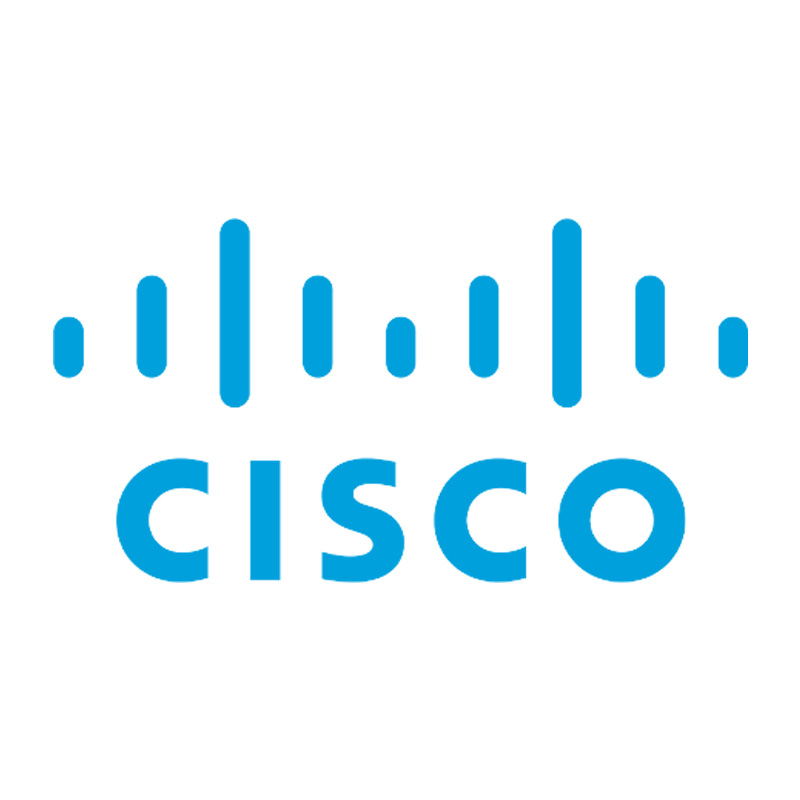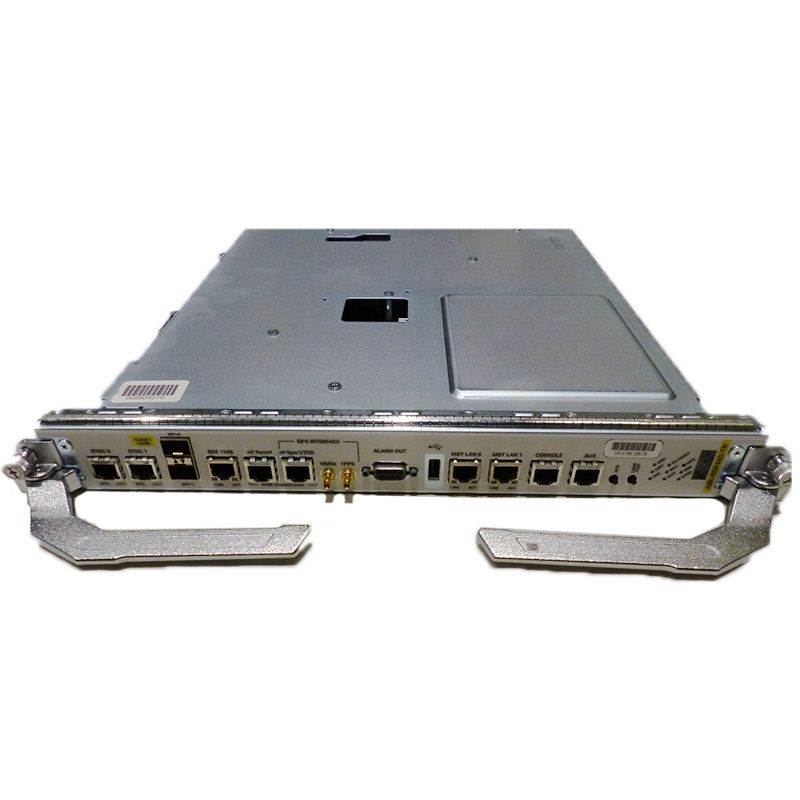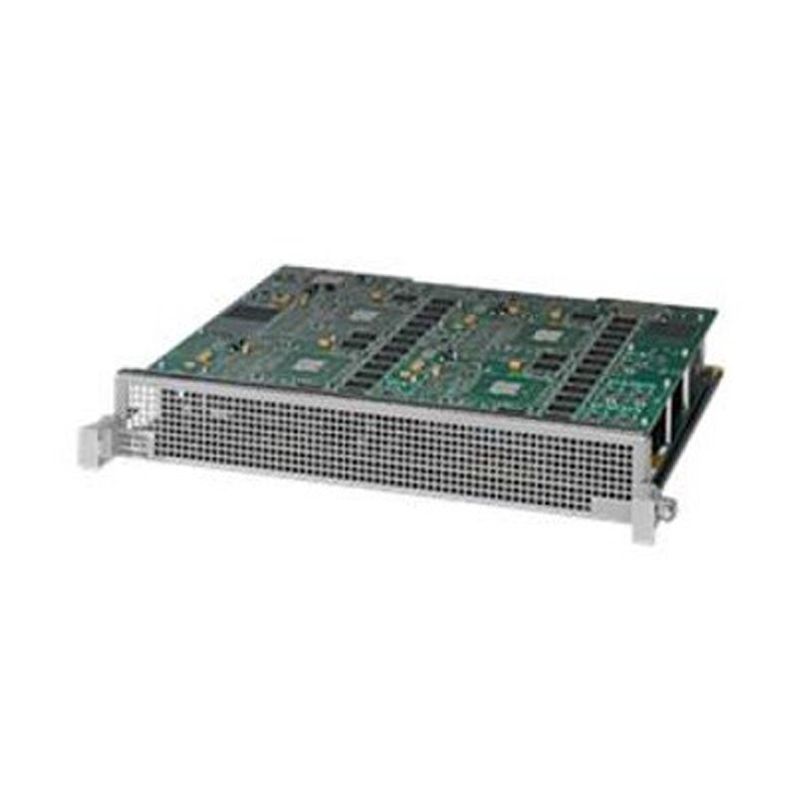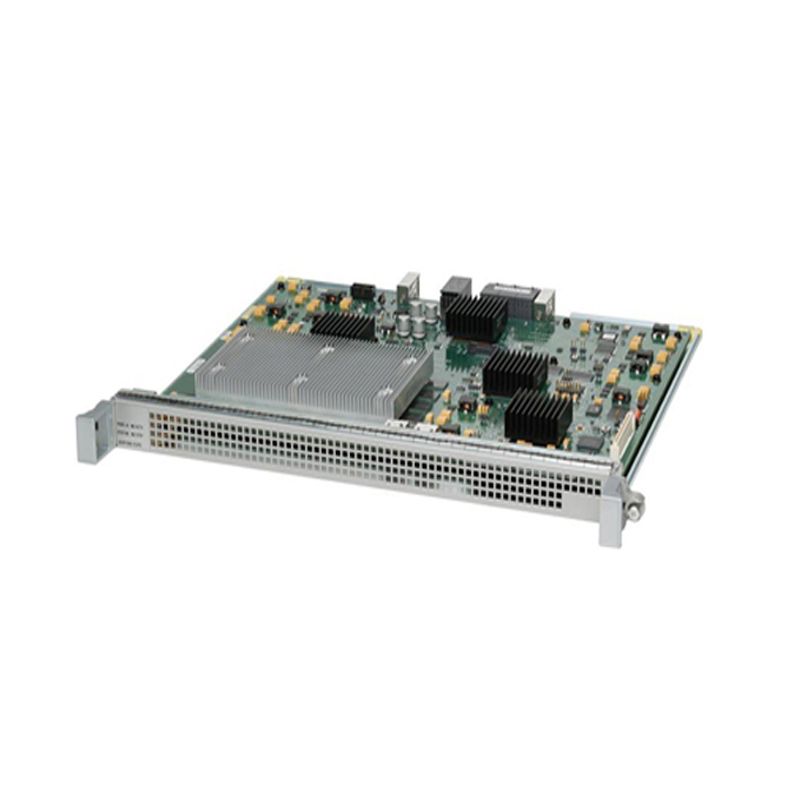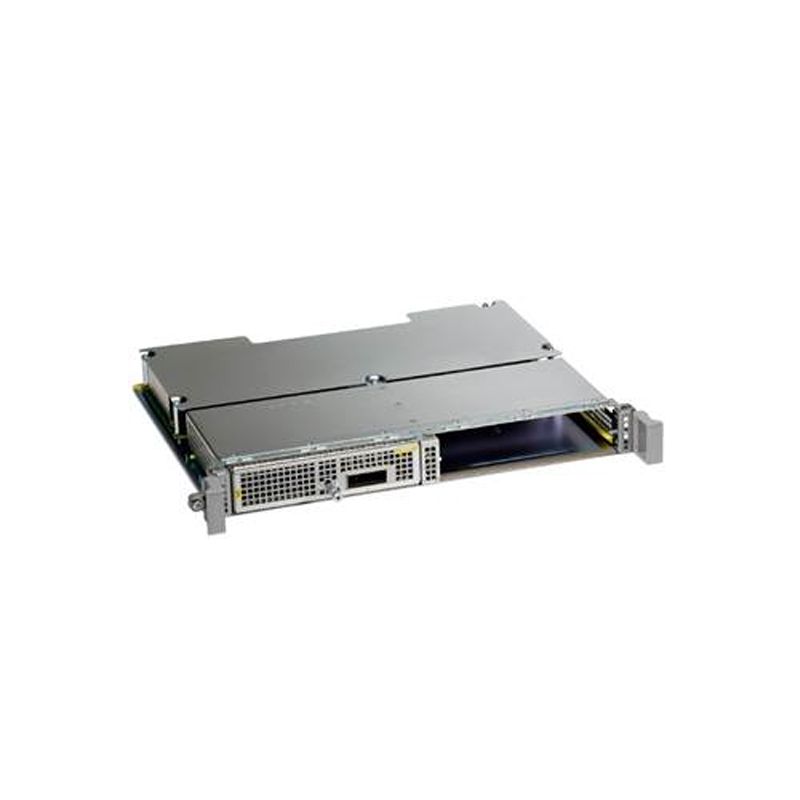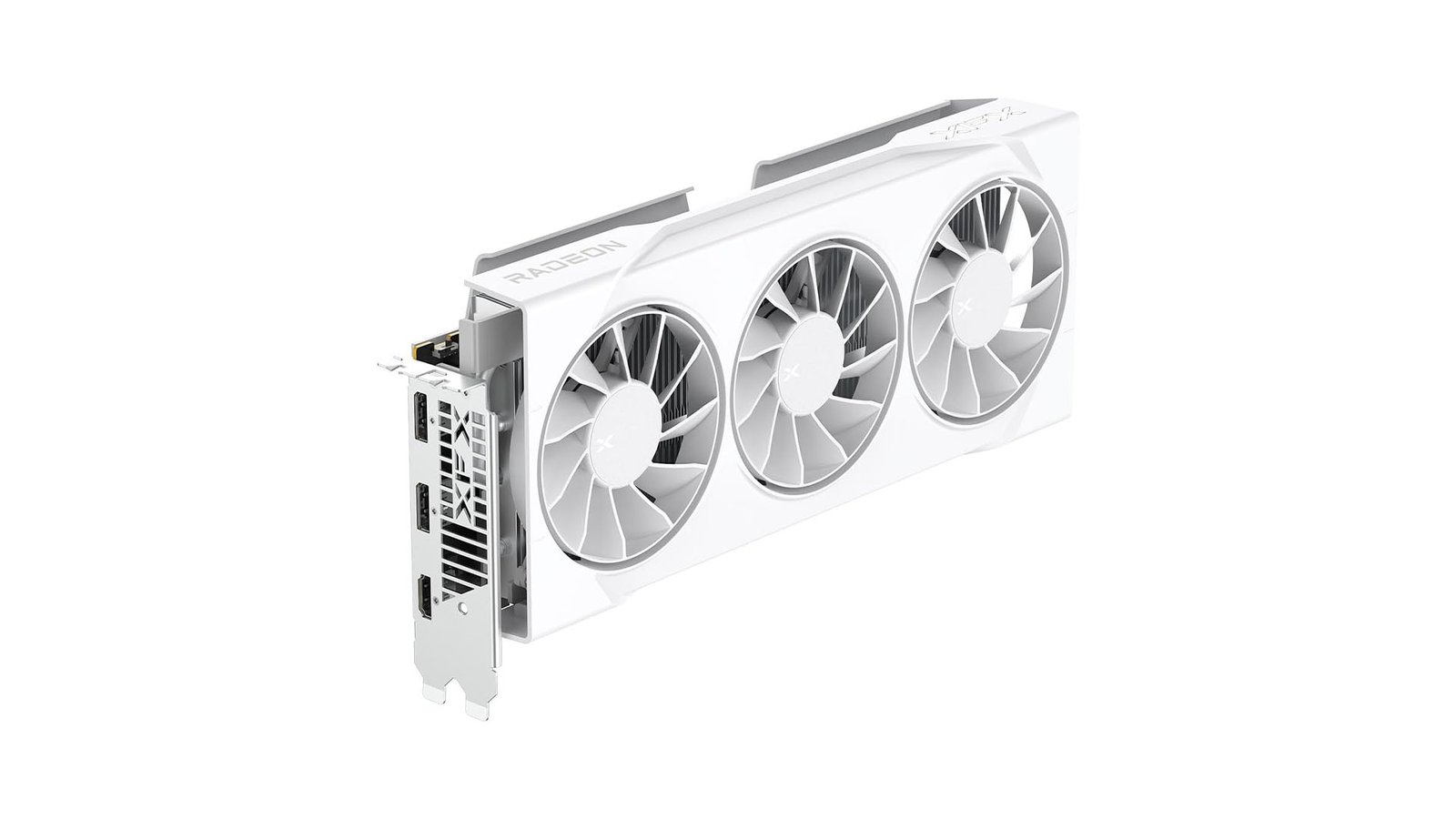Nvidia H200 Outperforms Intel Gaudi 3 by Ninefold in Llama 3.1 Benchmark Test
In a significant development in the artificial intelligence hardware landscape, Nvidia’s latest H200 GPU has achieved a remarkable performance milestone, surpassing Intel’s Gaudi 3 by a staggering factor of nine in the first benchmark tests of the newly released Llama 3.1 model. This groundbreaking comparison highlights Nvidia’s immense strides in AI processing capabilities, further solidifying its position as a leader in AI hardware.
Benchmark Breakdown
The Llama 3.1 model, renowned for its versatility and efficiency in various AI tasks, serves as a critical benchmark for evaluating the performance of competing hardware. In this recent test, the H200 demonstrated exceptional performance, achieving processing speeds that were nine times faster than those of the Intel Gaudi 3.
This performance gap is particularly striking given the increasing demands of AI workloads, which require not only advanced computational power but also energy efficiency and scalability. The H200’s architecture appears to leverage innovative design techniques that optimize data flow and processing capabilities, allowing it to handle complex algorithms more effectively than its competitors.
Implications for AI Development
The implications of this benchmark results are profound for developers and researchers in AI. The Nvidia H200’s superior performance enables faster training times for large language models, reduces the cost of deploying AI solutions, and accelerates the innovation cycle in AI research. This is particularly critical as organizations race to develop more sophisticated models that can operate in real-time applications across various sectors, from natural language processing to autonomous systems.
Moreover, the marked advantage of the H200 over the Gaudi 3 raises important questions about the future of AI chip design. It signals a shift in hardware optimization strategies, where architectures specifically tailored for AI tasks, such as Nvidia’s tensor cores, are proving more effective than traditional designs aimed at general computing tasks.
Competitive Landscape
Intel’s Gaudi 3, while a formidable contender and notable for its energy efficiency and cost-effectiveness, may need to reassess its strategy in the face of such overwhelming performance metrics. As AI continues to evolve, the competition between Nvidia and Intel will likely intensify, pushing both companies to innovate rapidly to capture market share.
Intel’s response could involve re-evaluating its approach to architecting GPUs, possibly shifting focus toward more specialized designs that can compete with Nvidia’s capabilities. Additionally, collaboration with software developers to optimize applications for their hardware could enhance performance outcomes.
Conclusion
The Nvidia H200’s impressive performance against the Intel Gaudi 3 in the Llama 3.1 benchmark marks a pivotal moment for AI hardware development. It showcases not only Nvidia’s technology leadership but also the increasing complexity and competitive nature of AI infrastructure. As the demand for powerful AI solutions continues to rise, the hardware that supports these innovations must keep pace, ensuring that advancements in processing capabilities remain aligned with the evolving landscape of artificial intelligence. As we look ahead, the rivalry between these tech giants will shape the future of AI and its application across industries.





